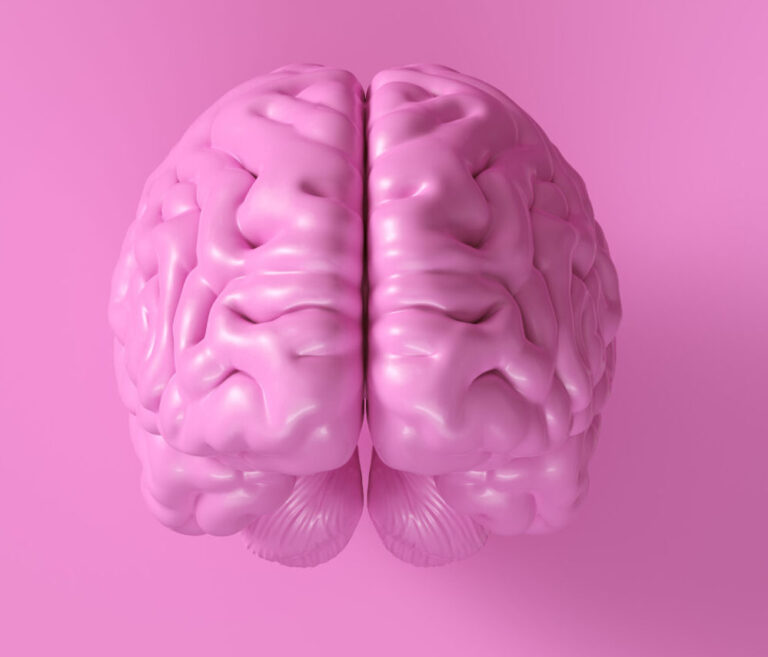Mild cortical atrophy is a medical condition that affects the brain and can lead to a decrease in brain size. It is also known as cortical atrophy or cerebral atrophy. This condition is commonly seen in older adults, but it can also occur in younger individuals. In this article, we will discuss mild cortical atrophy, its causes, symptoms, diagnosis, and treatment options.
What is Mild Cortical Atrophy?
Cortical atrophy refers to the shrinking or degeneration of the cerebral cortex, which is the outer layer of the brain responsible for cognitive functions such as thinking, memory, and language. Mild cortical atrophy is a milder form of this condition, meaning that the degeneration of the cerebral cortex is not as severe as in other forms.
Causes of Mild Cortical Atrophy
The exact cause of mild cortical atrophy is not fully understood. However, research has shown that it may be linked to aging and certain medical conditions. As we age, our brains naturally shrink in size and this can lead to mild cortical atrophy. Additionally, conditions such as Alzheimer’s disease, Parkinson’s disease, and frontotemporal dementia have been associated with this condition. Other potential causes include head injuries, infections, and genetics.
Symptoms of Mild Cortical Atrophy
In some cases, mild cortical atrophy may not present with any noticeable symptoms. However, as the condition progresses, individuals may experience changes in their cognitive abilities. This can include difficulty with memory, language, and decision-making. Some individuals may also experience changes in their behavior and personality. It is important to note that these symptoms can also be indicative of other medical conditions, so it is crucial to consult a doctor for a proper diagnosis.
Diagnosis of Mild Cortical Atrophy
A diagnosis of mild cortical atrophy is usually made after a thorough physical examination and a review of the individual’s medical history. The doctor may also order imaging tests such as magnetic resonance imaging (MRI) or computed tomography (CT) scan to assess the size and structure of the brain. These tests can help determine the extent of cortical atrophy and rule out other conditions that may have similar symptoms.
Treatment Options for Mild Cortical Atrophy
Unfortunately, there is no cure for mild cortical atrophy. Treatment typically focuses on managing the symptoms and slowing down the progression of the condition. This can involve medication to improve cognitive function and behavioral therapy to help with any changes in behavior or personality. It is also important for individuals with mild cortical atrophy to maintain a healthy lifestyle, including regular exercise, a balanced diet, and social engagement.
Coping with Mild Cortical Atrophy
Receiving a diagnosis of mild cortical atrophy can be overwhelming for both the individual and their family members. It is important to remember that this condition does not define a person and with proper management, individuals can continue to live fulfilling lives. Joining support groups and seeking counseling can also be helpful in coping with the emotional impact of this condition.
In conclusion, mild cortical atrophy is a condition that affects the brain and can lead to a decrease in brain size. While it is more commonly seen in older adults, it can occur in younger individuals as well. The exact cause of this condition is not fully understood, but it is believed to be linked to aging and certain medical conditions. If you or a loved one are experiencing changes in cognitive abilities or behavior, it is important to consult a doctor for a proper diagnosis. With proper management and support, individuals with mild cortical atrophy can continue to lead fulfilling lives.





